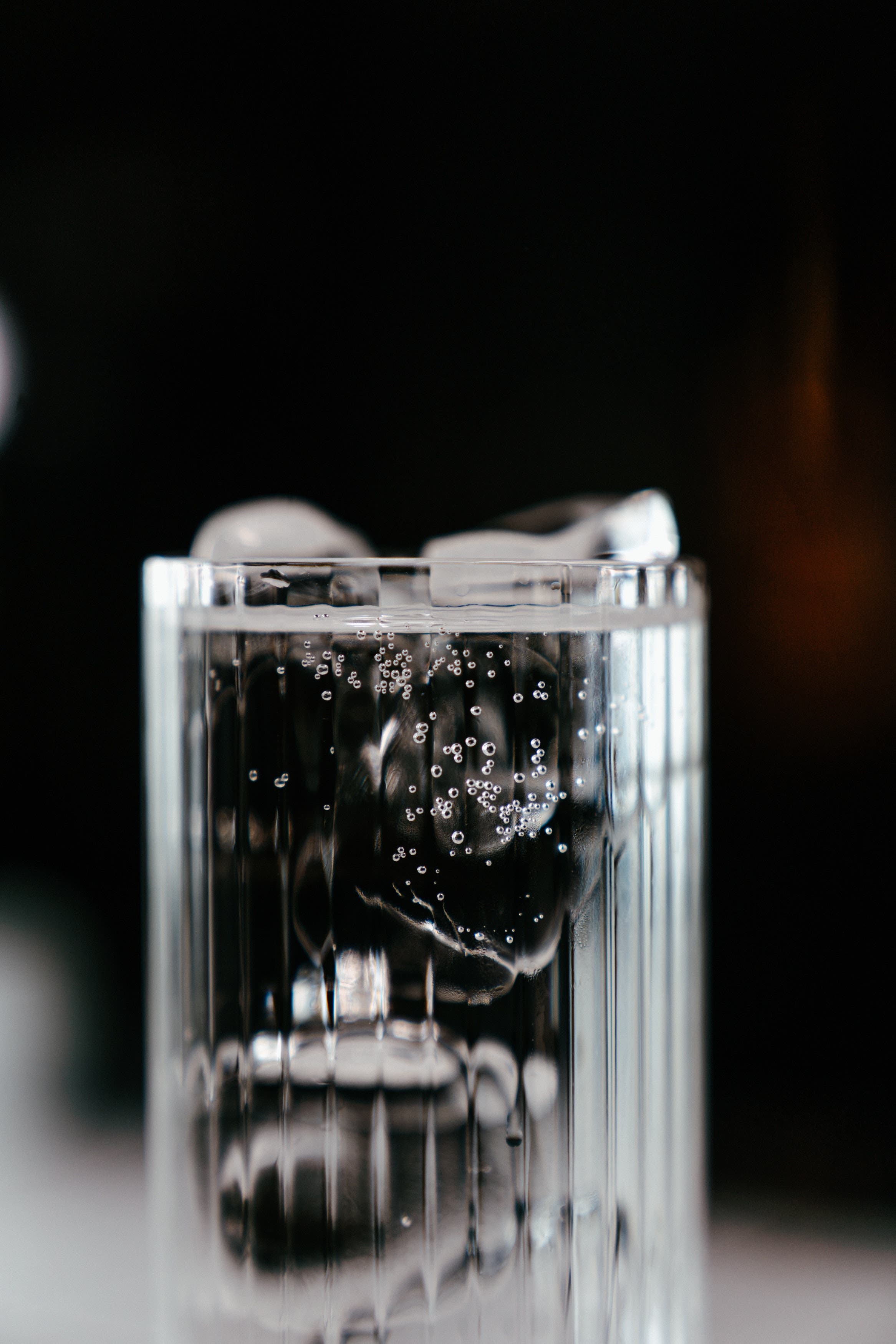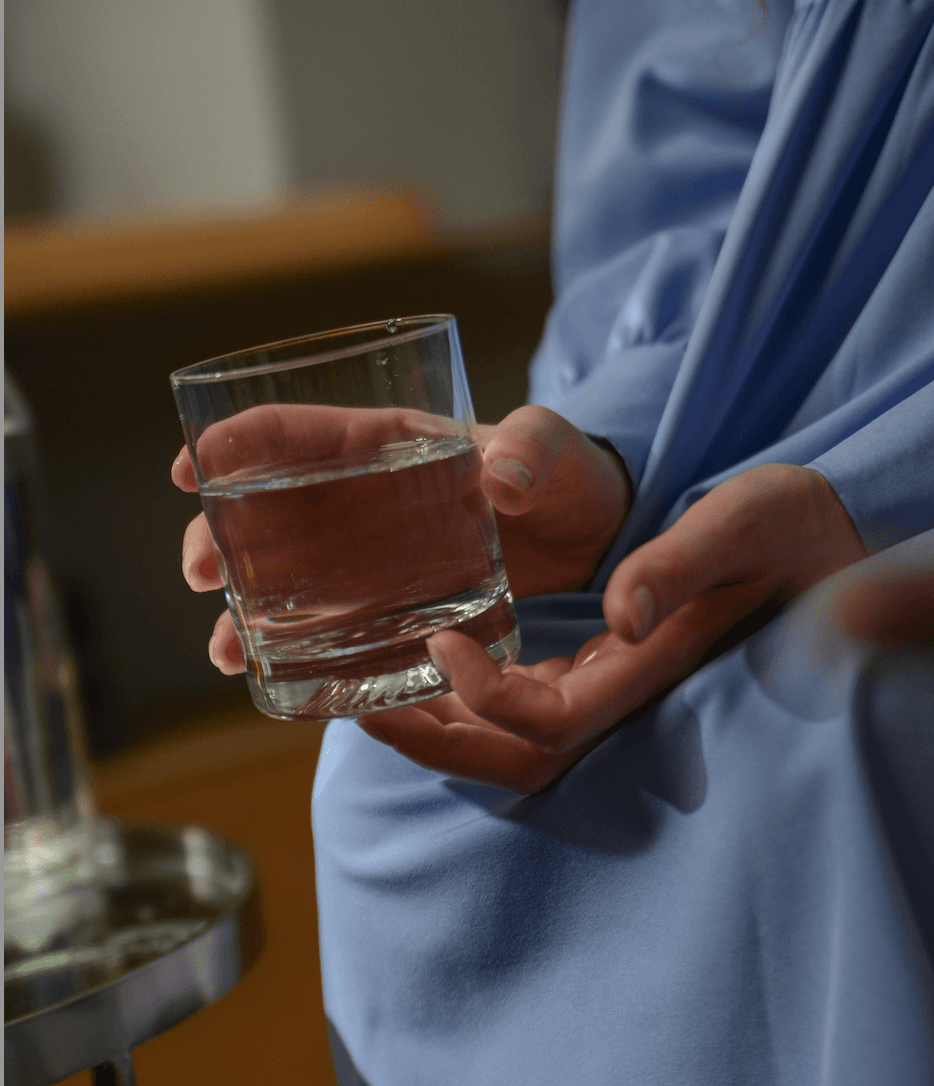U.S. Tap Water Found To Have Widespread Contamination of "Forever Chemicals"
An alarming study published by the Environmental Working Group (EWG) revealed that the contamination of PFAS (also known as the “forever chemicals”) is likely detectable in all major water supplies in the US. 1
43 out of 44 samples from across 31 states tested positive for PFAS contamination. Forty-one locations were shown to have PFAS detected at levels at which independent studies have shown PFAS to pose a serious risk to human health. And in all those cases where the tests found PFAS, contamination had not been publicly reported by the Environmental Protection Agency (EPA) or state environmental agencies.
“It’s nearly impossible to avoid contaminated drinking water from these chemicals,” said David Andrews, a senior scientist at EWG.
It was previously estimated that 110 million Americans could have PFAS in their drinking water. However, the results of this latest study suggest that the actual number is much higher. In addition, some of the highest PFAS contamination was observed in major metropolitan areas such as New York, Miami, New Orleans, Ann Arbor, Washington D.C., and Philadelphia.




